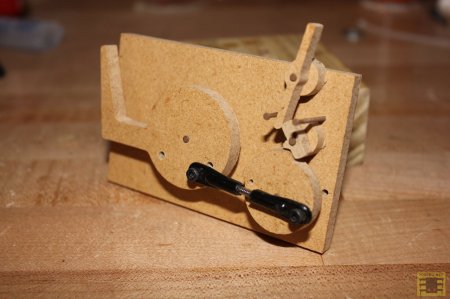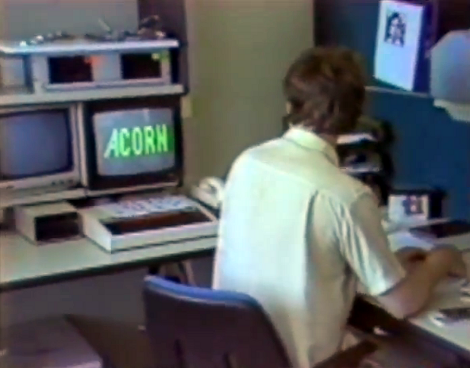Most of us have seen the [Useless Machine] where a switch is flipped and a finger comes out to turn it off, retreating into it’s box again. Most of those are electrical, but why not a [Useless Machine] made only of mechanical clockwork? Apparently this has been done before, but why not one more?
After some rough, sketches, and almost no research, I finally “came up with” a way to do this mechanically. A small wheel acts as the driver for the assembly, which is weighed down by a T-handle attached to a string wrapped around it. When released, this smaller wheel fully rotates causing the larger wheel to rotate up around ninety degrees then come down again. In reality, the flipped switch doesn’t reverse the motion of the finger at all, it instead stops it from cycling over and over. The video after the break may explain it a bit better.
This machine currently is a prototype. Although it works well without a lid on at simply reversing the switch, it’s much too fast and isn’t capable of lifting any sort of weight. Like a lid to come out of, for instance. This whole assembly was made possible with my CNC router and inexpensive/easily machineable MDF. Continue reading “A Clockwork Useless Machine Prototype”

















